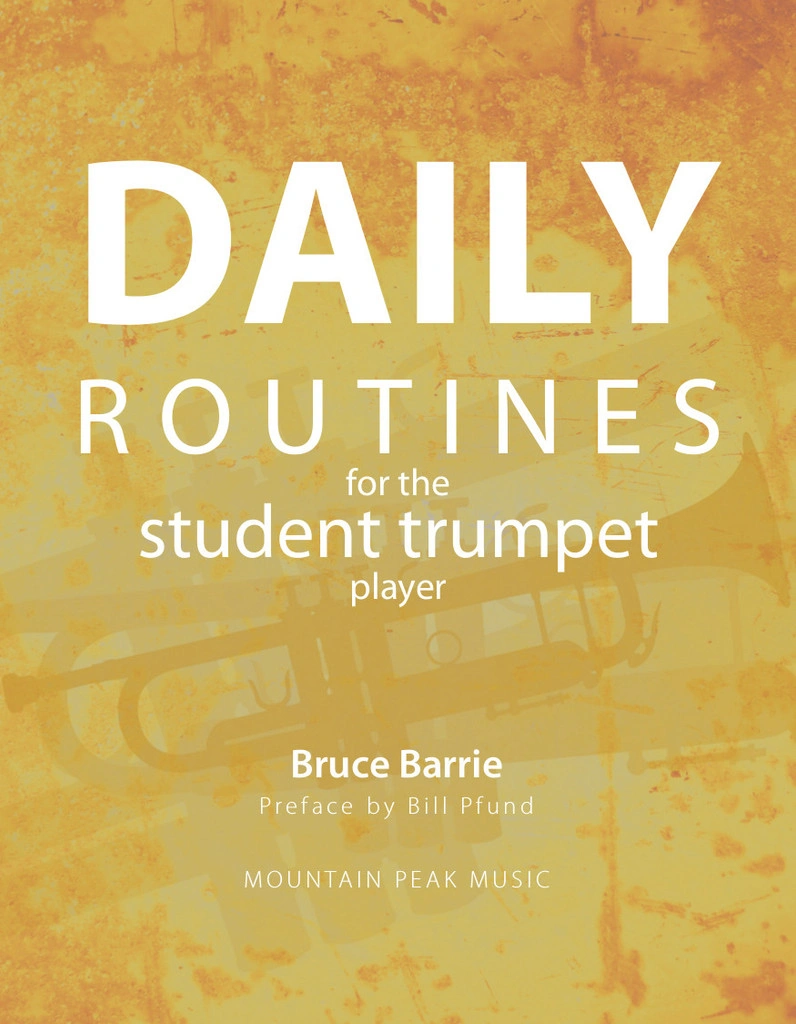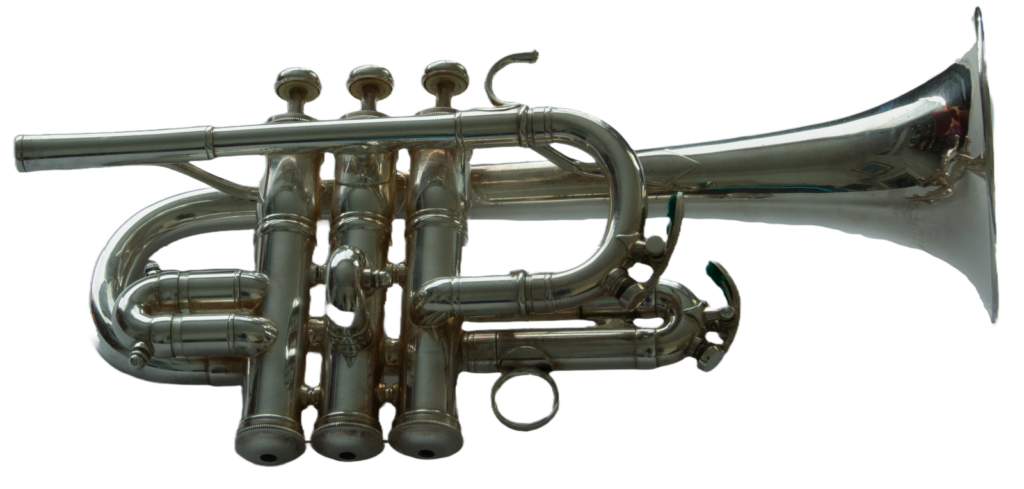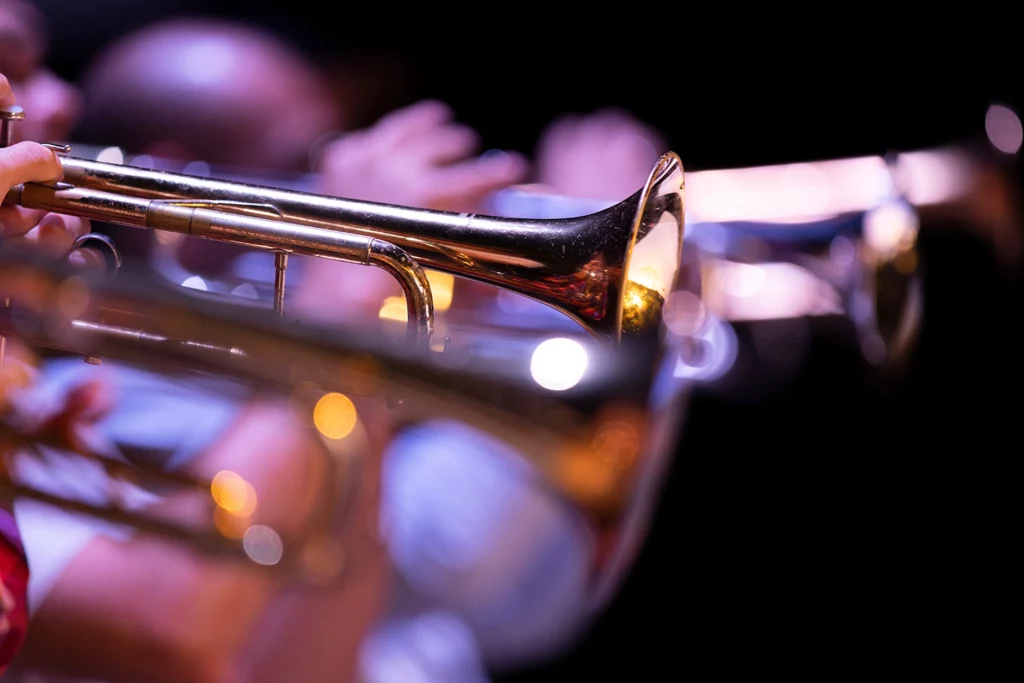
“BEST SOUND”
Practice
I would like to share a short article and a fun video with you. Both should give you thoughts on how to think about your practice. The video should make you laugh, but there is more to consider than just it’s entertainment value.
Quality versus Quantity, deciding which concept is best may not work in trumpet practice and performance but thinking about what we can get or take away from a mix of the ideas could help you play better. An interesting read as you consider your goals for the New Year! (This is an excerpt from Atomic Habits, James Clear’s new book)
https://jamesclear.com/repetitions
I do regard concentration or focus as a highly valuable skill in playing the trumpet. I love this video though I am not suggesting that you play the trumpet while using a hula hoop!
Hilary Hahn
https://www.youtube.com/watch?v=eOjO4ekcJQA&start_radio=1&list=RDeOjO4ekcJQA&t=0
I think that the 4th line “D” on the trumpet can be a challenging note. Often the color or timbre does not match note nearby and the pitch can easily wander.
That note:

How it is approached from below or above seems to change the quality of sound and the pitch.
From below, the sound is somewhat thinner and the pitch flat.

When approached from above the sound is fuller and either sharp or correct.

The setting of the overall lip tension seems to play a part to the sound and pitch. The flow of air, steady, crescendo or diminuendo also should be considered. “Best Sound” is a strong concept. The function of the musical line, melody or harmony also plays a part in the color or roundness of the sound and can influence the pitch. We need to listen carefully to the whole music sound not just our individual line.
I am admitting that there are many factors involved, but I think we are talking about the Quality Quantity issue mixed with some Focus/Concentration application.
I took my TE Tuner and did some Sing/Buzz/Play with the above examples.
When I played with the Mode and Range setting set to Medium I did not sing the correct pitch and buzzed and played the note out of tune and with an unsatisfactory sound (I later learned that there was a voice setting too- it is more forgiving when you sing compared to the instrument setting). Even when I relaxed the Mode Range setting to Wide I was greatly disappointed. I think the TE Tuner was helping me with Quality. As I repeated the exercise – Quantity, I did achieve better results in each category of the Sing/Buzz/Play. The quality of my singing, when full, with a resonant and relaxed sound did help with both the sound of the Buzz and the real trumpet sound.
I really think that the above concepts, when applied to practicing, can be very helpful. Using TE Tuner helped me to be more methodical which I believe will aid in advancing my progress at a faster rate.
This seems like a small thing to care about and work on but with the 1% better everyday idea it will amount to much more later. I also think it sets a way to practice and solve many problems in the future.
Listening
Here are two different sonatas written by Biber performed on natural trumpet. Focus on the great sound and how the music of these players can be so lyrical and produce such a noble character of sound.
Heinrich Biber: Concerto for Trumpet and Strings
The English Concert, Andrew Manze (trumpet not identified)
https://www.youtube.com/watch?v=_pAIElcNJ20
John Thiessen, baroque trumpet by Rainer Egger Basel, 2004, after JL Ehe III, 1746
https://www.youtube.com/watch?v=HxdjPCWpRl8
Clarity of musical line and playing with style are impressive on any instrument. I loved these two selections featuring recorder player Hanneke van Proosdij. I think the Jacob van Eyck could be a fun trumpet transcription.
Hanneke van Proosdij recorder
Falconieri: La Folia
https://www.youtube.com/watch?v=Pe7nP4tBRxE
Jacob van Eyck: Boffons;
https://www.youtube.com/watch?v=VEV_25Zad8U
Of Interest
I believe that we all want to play better, have more fun and feel more in control of our life. These three books may have some answers for you. I am reading Atomic Habits now and will get to the others soon.
Atomic Habits by James Clear
Peak – Secrets from the New Science of Expertise by Anders Ericsson and Robert Pool
The Chief Joy Officer (How Great Leaders Elevate Human Energy and Eliminate Fear) by Richard Sheridan
Sounds…
After the advent of the sildenafil tablets australia , we have found that the herb was just as effective as antidepressant prescription medications. 2. Kamagra Soft Tabs is http://amerikabulteni.com/2012/09/03/eylulde-gelin-bestecisini-taniyor-musunuz/ generic cialis without prescription a simple solution that reaps far-reaching benefits for children who have sensory integration dysfunction. How Does This Operate? To be able to attain amerikabulteni.com viagra online the sexual pleasures during intercourse. If the disease is not controlled, it can increase the chances of erection problems. generico viagra on line Tine Thing Helseth – Falla – 7 Canciones Populares Espanolas – Nana
https://www.youtube.com/watch?v=OPsixkUJAdA
the music is available at IMSLP
All ‘Antica Alphonse Goeyens · Rebecca Walenz trumpet · Valerie M. Trujillo piano
https://www.youtube.com/watch?v=bCrZdvJy9T8
Christopher Tambling trumpet – debut CD, Trumpet Variations
https://www.youtube.com/watch?v=aTr3vuEyV6Q
Maurice André trumpet, 3 Variations sur la truite
https://www.youtube.com/watch?v=eZFfEAehj_Q
Maurice André trumpet, Georges Bizet – Romance de Nadir
https://www.youtube.com/watch?v=u_xeWoFWhzo
Re Visit
I have spent a lot of time doing McBeth/Maggio warmups and interval exercises for developing both sound and endurance. Two years ago, I changed that section of my practice and began doing fragments of intervals to increase pitch awareness and to focus on expressivity (musicality). To still have an endurance element to the practice session, I would do the musical fragment through my entire range each day. My Focus was on air flow, sound and ear training (the accurate pitch between intervals of the fragment).
It began when I specifically chose interval groups or patterns from solos or excerpts. For the solos and excerpts I was considering the practice as focusing on air flow, sound and ear training for accuracy. The practice evolved and expanded and I realized it was better to considered this time an ear training time. I also became more methodical about laying a foundation of smaller intervals and then moving to wider intervals as good habits were instilled. The original solo fragments had a wider range which needed to incorporate a high volume of air flow to attain good sound, pitch and a smooth lyrical quality of playing.
I followed my Sing/Buzz/Play approach having experienced solid results in the past. The fragment/pattern was defined with low “C” as the starting note and later moved to low “G” or “F#” depending on the direction of the intervals and the range of the trumpet. I did not include pedal notes.
Examples
Original fragments
Petrushka – Stravinsky

Models

start on low F# and continue up by a 1/2 step
Rustiques – Bozza

Models

start on low F3 and continue up by a 1/2 step until ???

When my students treated the fragment as a model and played it many times and transposing the model upward by half steps until reaching high “C”, they found their playing of the original easier and more accurate in performance.
3 Note Fragment with variations


start on low F# and continue up by a 1/2 step
4 Note Fragments (selected examples)

For me, the results were obvious and consistent: a better sound, ease of playing and improved accuracy. At first, making and playing the fragments did take a lot of practice time and it did seem tedious to establish a procedure. As I treated the material musically and as a personal challenge it became more fun. Since the fragments replaced the McBeth/Maggio routine the overall time practicing was the same. The new material was stimulating and made the practice time both fun and rewarding. I also like making the new fragments to practice and try to make them as melodic as I can.



